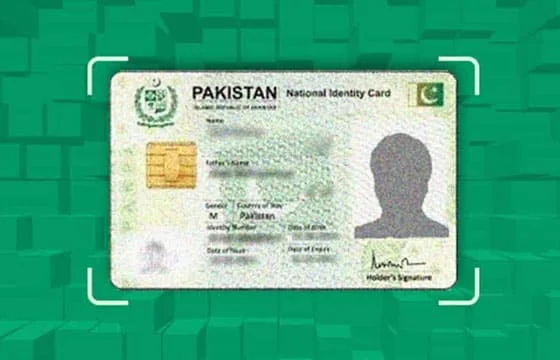CNIC Information System: In an era when identity theft and fraud are widespread, the demand for strong verification frameworks is more critical than ever. In Pakistan, the Computerized National Identity Card (CNIC) Information System has dramatically reshaped identity authentication. This piece examines the CNIC Information in detail—its elements, advantages, obstacles, and future prospects.
Introduction to the CNIC Information System
Accordingly, the CNIC Information System is a linchpin of Pakistan’s drive for effective identity validation. Launched by the National Database and Registration Authority (NADRA), the CNIC is the primary identification document for citizens. Over time, it has progressed from a simple ID card to a comprehensive information platform, transforming how identities are verified and authenticated.
Purpose of CNIC Information System
Moreover, the central goal of the CNIC Information System is to deliver a secure and dependable mechanism for identity verification. It plays a key role in areas like population census, security operations, and public services. By centralizing identity records and using biometric verification, the system ensures the genuineness of individuals’ identities.
Components of CNIC Information System
Fundamentally, the CNIC Information includes several layers, such as resilient database management, biometric matching technologies, and rigorous security controls. The fusion of these components enables seamless verification while shielding sensitive data from unauthorized access.
Role of NADRA
As custodian of the CNIC framework, NADRA is pivotal to its evolution and operation. From developing and maintaining the CNIC database to deploying advanced biometric tools, NADRA safeguards the system’s efficiency and security.
Benefits of CNIC Information System
Just as importantly, the Information System delivers numerous benefits, including stronger security, efficient identity checks, and easier access to government services. By streamlining procedures and reducing identity-related fraud, it fosters a safer and more transparent society.
Challenges Faced by sim Information System
Despite its strengths, the sim Information System faces notable challenges, including data privacy issues, preserving data accuracy, and ensuring accessibility for all citizens. Tackling these concerns demands continual innovation and adaptation to changing technological landscapes.
Future Developments and Innovations
Looking forward, the CNIC Information is set for further growth and innovation. This includes integration with complementary systems, bolstering security features, and refining processes to meet the needs of an increasingly digital society.
Global Implications of sim Information System
However, the success of Pakistan’s sim Information System offers a model for other nations confronting identity verification hurdles. Through collaboration and knowledge sharing, the system can help establish global standards for identity management and authentication.
FAQs
What is the purpose of the Information System?
To begin with, the Information System aims to create a secure and reliable framework for identity verification in Pakistan.
How does the CNIC Information ensure data security?
Secondly, the sim information system protects data via strong encryption, stringent authentication measures, and continuous access monitoring.
What role does NADRA play in the CNIC Information?
Thirdly, NADRA builds and maintains the CNIC database, implements biometric technologies, and ensures the system’s efficiency and security.
How does the CNIC Information System benefit the general public?
It boosts security, enables efficient identity verification, and facilitates access to government services for the public.
What are the future challenges and opportunities for the sim Information System?
Challenges include addressing privacy concerns, maintaining accuracy, and keeping pace with technological change, while opportunities lie in further innovation and broader integration with other systems.
Conclusion
Finally, to conclude, the sim Information System has emerged as a breakthrough in identity verification, setting new benchmarks for efficiency and security. With strong components, smooth processes, and continual innovation, therefore, the system is poised to shape the future of identity management in Pakistan and beyond.


 SIM OWNER DETAILS
SIM OWNER DETAILS